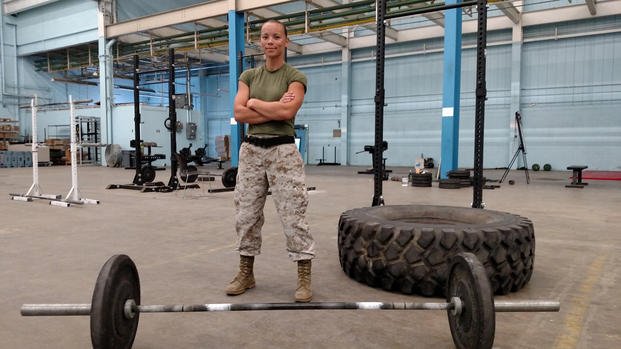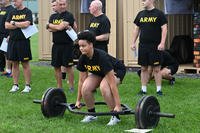Every year, new recruits consider starting their adulthood journey by preparing to join one of the tactical professions (military, special ops, police, fire/EMT). While many arrive at this decision with a history of athletic achievements, some need to build a foundation of fitness to endure the training to get to and through the programs they seek.
There are different rules, strategies and training methodologies you should understand before taking your training down the tactical fitness pathway. Traditional athletic training is not that much different, but you should be aware of some subtleties exclusive to tactical training. Here are some of the “rules” that help to describe the differences in training as well as mindset:
1. Minimum standards are not goals. There is a saying I use with new recruits: “Do not ask me what the minimum standards are, because I do not know them.” The minimum standards in physical fitness, body fat and body weight are a zone that you want to avoid altogether. However, your journey may take you to the minimums at one point of your training, but exceeding the standard should be the mindset you have to get to and through your future training. If you have a mindset of achieving the higher standards of fitness and lower body fat and body weight, you never will have the added stress of failing these events.
2. How important is your fitness? Your life, your buddy’s life or the life of someone you are trying to save could depend on your fitness level one day. That is why the minimum standards may not be enough for you to accomplish this requirement in the tactical professions. Do not let your training and your fitness slip to a level where your ability to do your job is jeopardized.
3. Train to compete, not just survive. When you train to a higher standard, your mindset changes. You no longer just think about surviving an event; you can think about winning or performing in the top of the class. There is another coaching quote I use: “If you think about winning, you never think about quitting.”
This mindset works great when the days turn into nights in your training, and it is cold, dark and you are alone with your thoughts. Maintaining your focus will keep you moving forward, and having the ability to push yourself harder than a majority of your training class will enable you to lead by example and help those behind you.
4. Team player. As with any sport, being a good team player is critical. Having the physical fitness ability to lead from the front and help those to push mentally through challenging events is where you want to be, not just in your selection training, but when doing your job as well. The days will get long and the nights even longer, and you will not be done until you are done with the task. This requires you to take care of yourself in your training to endure, but also be that team player that also pushes others. Being the guy who helps others in the class or unit to “up their game” is needed in the tactical professions.
5. No secrets, just work. There are no tips, tricks or secrets to getting prepared for the tactical professions. As with any athletic activity, it takes time, patience, effort, consistency and, in a nutshell, work. Prepare yourself through constant work and smart recovery techniques while using nutrition for energy. That way, you will build the foundation you need to succeed as well as the mental toughness that comes with it.
6. Longevity starts now. Also realize that you will be older longer than you are younger in the tactical professions if you make it a career. Your longevity to do your job in your 30s, 40s and even 50s is dependent on how you take care of your body now. Recovery and Maintenance have to be part of the weekly planning for training.
Three Phases of Tactical Fitness – Understand that the training to get to the selection is different than the training to get through the selection, and the training to maintain your fitness as an active-duty operator is different than the prior two phases. Those two things are key to mastering the multiple levels of tactical fitness training. Know all the elements of fitness and how to engage strength, power, speed, agility, endurance, muscle stamina, flexibility and mobility.
Finally, If you do not take the time to prepare yourself properly for the challenges of a tactical fitness profession, prepare to be a patient or fail to meet the standards required to graduate or stay on the job.
Related posts:
Stew Smith is a former Navy SEAL and fitness author certified as a Strength and Conditioning Specialist (CSCS) with the National Strength and Conditioning Association. Visit his Fitness eBook store if you’re looking to start a workout program to create a healthy lifestyle. Send your fitness questions to stew@stewsmith.com.
Want to Learn More About Military Life?
Whether you're thinking of joining the military, looking for fitness and basic training tips, or keeping up with military life and benefits, Military.com has you covered. Subscribe to Military.com to have military news, updates and resources delivered directly to your inbox.


















